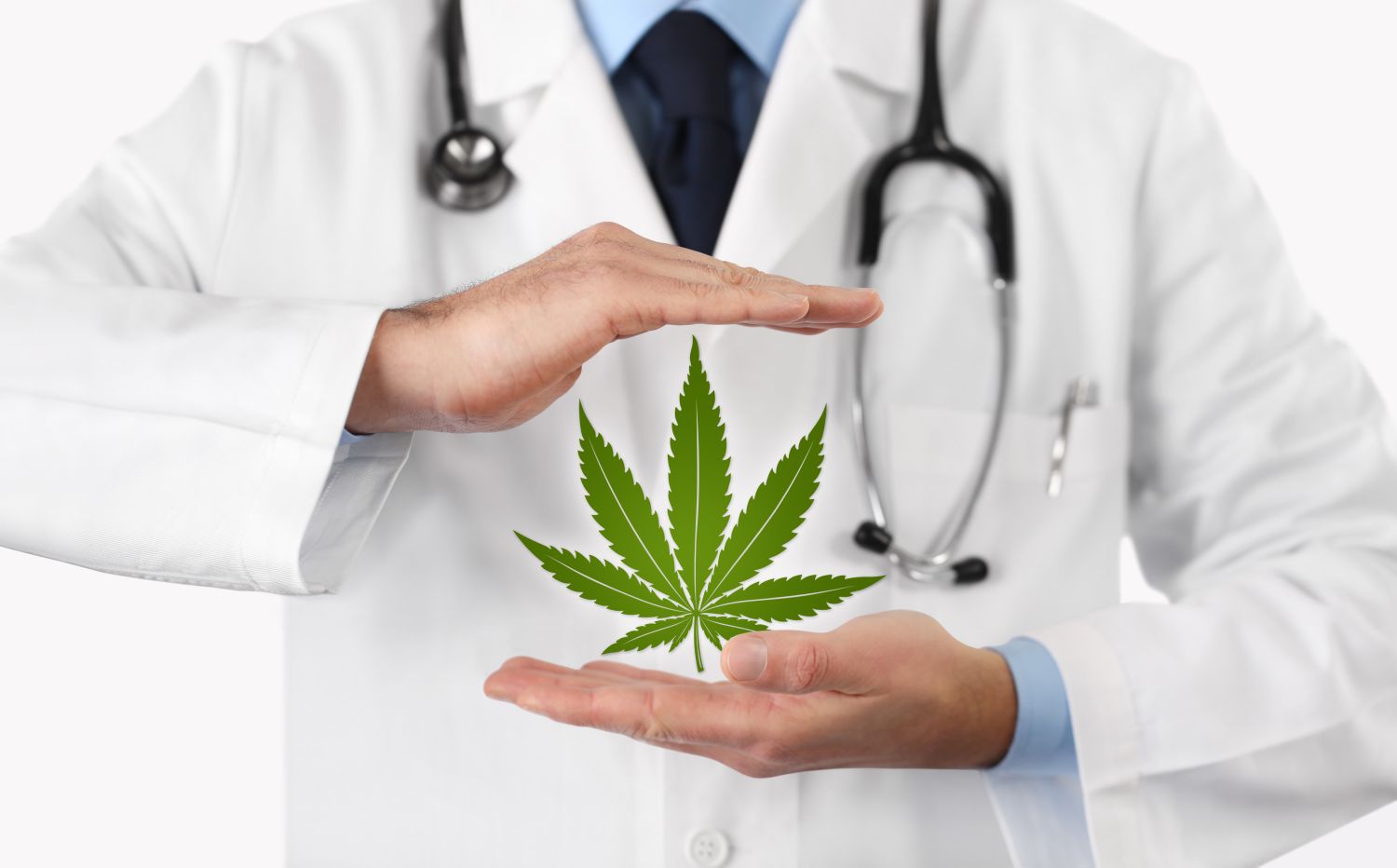Although marijuana use is still illegal under United States federal law, numerous individual states have approved its use for medical purposes. Patients in these states often use it to relieve symptoms such as chronic pain, nausea, and other health-related discomforts.
While federally prohibited, state-licensed doctors may approve cannabis-based medications sourced from Cannabis sativa under their state’s medical marijuana program. It is primarily used to help ease symptoms linked to specific health conditions. The plant contains chemical substances known as active compounds, which may affect the body in ways that help alleviate symptoms. THC is the psychoactive element responsible for the “high” and can affect a person’s mood, thoughts, and behavior. CBD lacks psychoactive properties, so many users Favor it for wellness applications.
Legal Status in the U.S.
The U.S. federal government bans all use of Cannabis sativa, including medicinal purposes. Moving beyond federal restrictions, 38 states have now approved medical cannabis programs allowing THC therapeutics. In these states, healthcare providers can recommend specific types and dosages of medical marijuana but are not authorized to prescribe it as they would traditionally medicine. Discussions around treatment options often include considerations such as the best cannabis strains for an energizing day, especially for patients seeking relief without sedation. Because federal law takes precedence over state laws, individuals can still face legal issues, including arrest, even if they are following their state’s medical marijuana regulations.
Conditions Treated with Medical Marijuana
Medical marijuana has shown promise in helping with a variety of medical conditions. However, the exact list of conditions for which it’s approved differs from state to state. State laws differ, so review local regulations if considering medical cannabis. Approved conditions often cover the following:
- Alzheimer’s disease
- ALS (Amyotrophic Lateral Sclerosis)
- HIV/AIDS
- Crohn’s disease
- Epilepsy and seizure disorders
- Glaucoma
- Multiple sclerosis and related muscle spasms
- Post-traumatic stress disorder (PTSD)
- Chronic pain
- Severe nausea or vomiting from cancer treatments
Is It Safe?
More scientific research is necessary to fully understand the safety profile of medical marijuana. However, some known side effects include:
- Rapid heartbeat
- Dizziness
- Impaired memory and cognitive function
- Slowed reaction time
- Risk of drug interactions
- Possible addiction
- Anxiety or hallucinations
- Withdrawal symptoms
- Risks during pregnancy, including premature labor
Prescription Options and Availability
The U.S. Food and Drug Administration (FDA) has not approved marijuana itself for medical use. However, it has approved specific cannabinoid-based drugs. For example, Epidiolex (CBD-based) is used for treating certain types of epilepsy, while Dronabinol (synthetic THC) helps manage chemotherapy-induced nausea and AIDS-related weight loss.
Methods of Use
Medical cannabis can be consumed in several ways:
- Inhalation: Smoking or vaping the dried plant
- Oral consumption: Gummies, capsules, or baked edibles
- Sublingual use: Liquids or sprays placed under the tongue
- Rectal administration: Via suppositories
- Topical application: Creams or gels applied to the skin
The frequency and form of use depend on your symptoms and the recommendation of your healthcare provider. While inhaled cannabis provides fast relief, oral forms take longer to show effects.
















